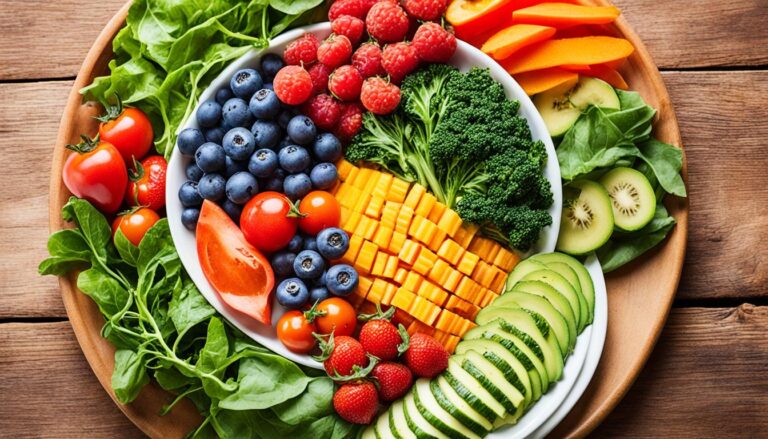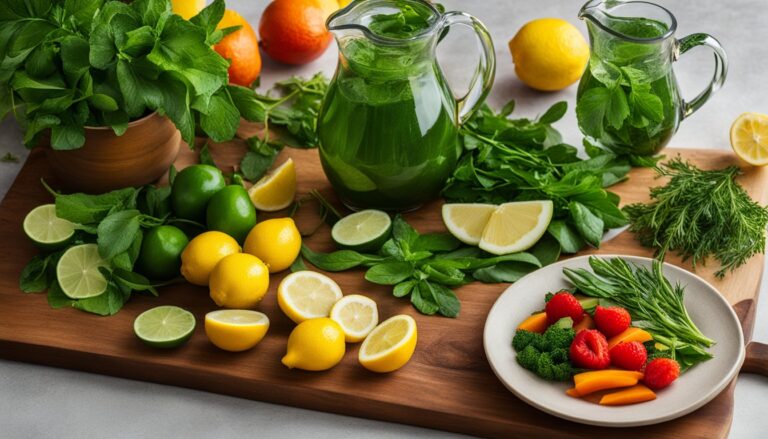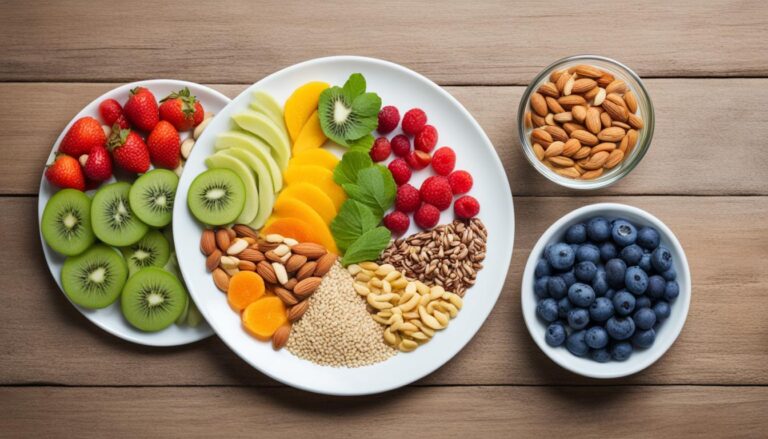Ever wondered why fruits vegetables taste better at certain times of the year? Nature’s harvest cycles bring peak flavor and nutrition when you eat with the seasons you get the best of both.
Local grocery stores and farmers’ markets offer fresh seasonal produce packed with vitamins. Studies show fall harvested broccoli has nearly double the vitamin C of spring crops. Colorful options like red tomatoes and dark berries also boost health by fighting disease.
Programs like Certified SC Grown connect shoppers with regional harvests. With over 120 farmers’ markets in South Carolina alone adding fresh picks to your diet is easier than ever. Try recipes like Summer Peach Salsa for delicious, immunity-boosting meals all year.
Key Takeaways
- Eating fruits vegetables in season maximizes flavor and nutrients.
- Local grocery stores and markets provide fresh seasonal produce.
- Fall-harvested crops like broccoli offer higher vitamin levels.
- Colorful options support disease prevention and health.
- Farmers’ markets make it easy to diversify your diet.
Why You Should Choose Seasonal Foods for Optimal Health
Nature’s timing delivers the best nutrition when crops reach their prime. Harvested at their peak fruits and vegetables offer higher vitamin levels and richer flavor compared to off-season alternatives.

Higher Nutrient Density at Peak Harvest
Fall-harvested broccoli contains twice the vitamin C of spring-grown crops. Similarly ripe strawberries in season boast deeper color and 30% more antioxidants than pale, out-of-season variants.
Research from Harvard notes that prolonged storage reduces nutrients like potassium by up to 50%. Seasonal sourcing ensures fresher, more potent produce.
Enhanced Flavor and Freshness
Summer tomatoes burst with juicy sweetness while greenhouse grown versions often taste bland. Chef Wendy Lopez confirms Seasonal picks need no dressing up their natural flavor shines.
Reduced Exposure to Artificial Ripening
Off-season produce often relies on ethylene gas to mimic ripeness. This practice can alter texture and nutrient profiles. Eating with the seasons avoids these risks.
Rush University links colorful peak-season diets to a 20% lower stroke risk. It’s a simple switch for long-term wellness.
- Maximize intake Align meals with harvest cycles for optimal nutrition.
- Boost variety Rotate seasonal picks to diversify antioxidant sources.
- Support natural growth Skip artificial ripening for cleaner foods season.
The Economic and Environmental Benefits of Seasonal Eating
Eating fresh in season produce isn’t just good for your body it helps your wallet and the planet too. By aligning your diet with harvest cycles, you tap into lower prices stronger community ties and a lighter carbon footprint.
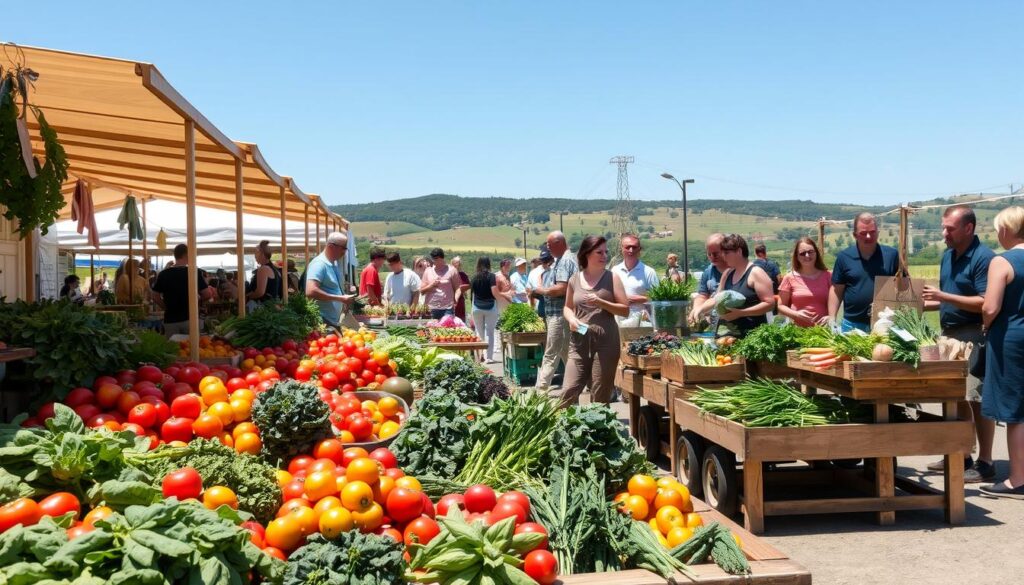
Read more: Diet Over Exercise The Key to Beating Obesity
Cost Savings from Local Abundant Produce
Seasonal picks cost 20–30% less due to minimal storage and transport. Summer zucchini for example, drops to $1.50 per pound versus $3.50 off-season. Programs like NYC’s Health Bucks amplify savings by matching SNAP benefits at local farmers markets.
Supporting Local Farmers and Communities
Markets like Fort Mill in South Carolina accept SNAP/WIC, making fresh seasonal fruits vegetables accessible.
CSAs Community Supported Agriculture also stabilize farm incomes while delivering weekly boxes of peak harvest goods. Every purchase directly uplifts farmers notes GRACE Foundation’s Seasonal Food Guide app.
Lower Carbon Footprint with Reduced Transportation
Imported winter grapes from Chile generate 10x the emissions of regional alternatives. Shopping at spots like Abbeville County’s year round market cuts freight needs preserving flavor and slashing carbon footprint.
- Save money: Peak-season abundance lowers prices.
- Boost community: Markets funnel $62B annually into local economies.
- Protect resources: Fewer food miles mean fresher picks and cleaner air.
A Seasonal Food Guide What to Eat Each Season
Each season brings a fresh lineup of vibrant, nutrient-packed picks. Aligning your plate with nature’s calendar ensures maximum flavor and health perks. Here’s how to eat smart all year.
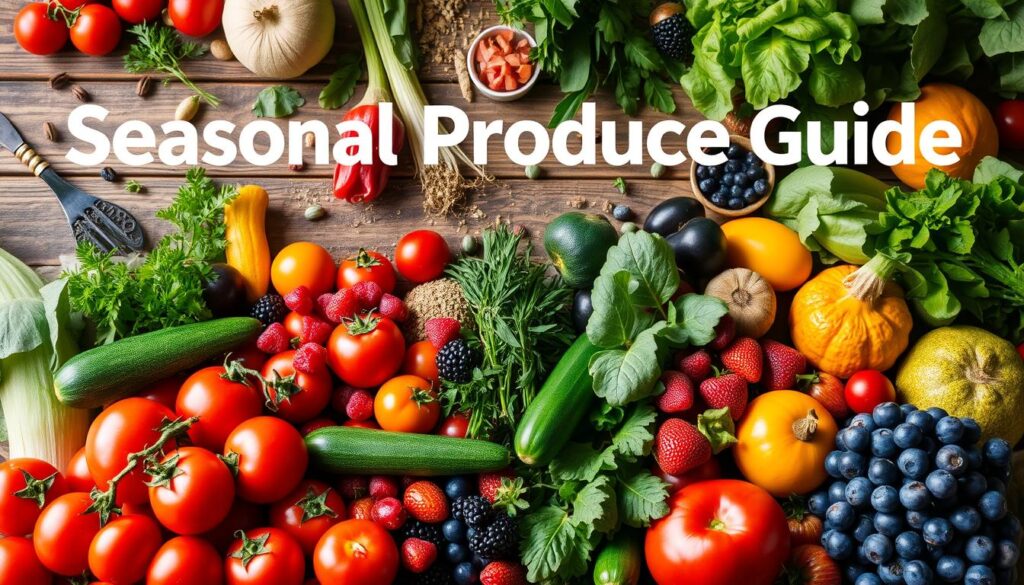
Spring Asparagus Strawberries and Leafy Greens
Spring’s harvest shines with crisp asparagus, packed with folate for cell repair. Strawberries hit their peak in May offering a sweet dose of vitamin C. Dark greens like kale and spinach deliver vitamin K for strong bones.
Summer Tomatoes Berries and Zucchini
Summer favorites like tomatoes and watermelon are rich in lycopene protecting skin from sun damage. Berries add color and antioxidants, while zucchini keeps meals light and hydrating.
Fall Apples Squash and Root Vegetables
Fall’s bounty includes fiber-rich butternut squash, a low-glycemic alternative to potatoes. Apples and root vegetables like carrots thrive in cooler temps, perfect for hearty soups.
Winter Citrus Kale and Sweet Potatoes
Citrus fruits like oranges combat colds with immune boosting vitamin C. Sweet potatoes provide beta-carotene for vision while kale stays hardy in frost making it a winter staple.
- Track availability Use Certified SC Grown’s calendar e.g., SC strawberries peak in May.
- Mix colors Deep reds and greens signal high nutrient density.
- Preserve freshness Freeze summer berries or roast fall squash for later use.
How to Incorporate Seasonal Foods into Your Diet
Transforming your meals with nature’s freshest picks is simpler than you think. With smart planning and creative twists you can enjoy peak flavors while boosting nutrition. Here’s how to make it work.
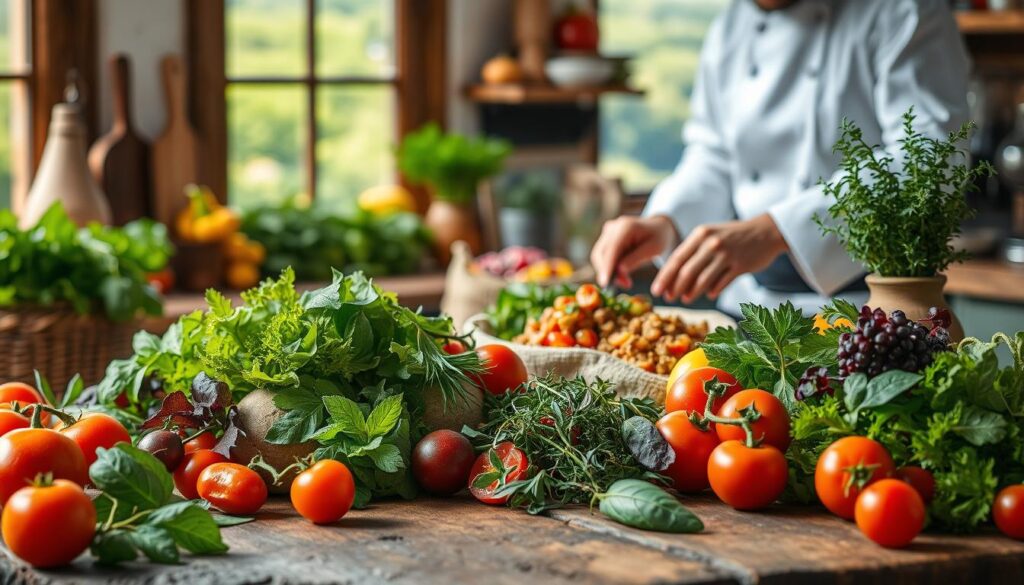
Meal Planning Around Seasonal Availability
Start by checking local harvest calendars. Farmers markets often post seasonal availability lists. Batch-roast fall root vegetables or grill summer corn for easy meal prep.
Diabetes Food Hub’s Zucchini & Corn Succotash is a perfect example. This summer recipe combines fresh affordable ingredients into one dish. Eating seasonally maximizes both taste and savings.
Creative Recipes to Highlight Seasonal Flavors
Pesto-stuffed chicken with summer basil brings out bold, herbaceous notes. For winter try citrus glazed salmon with roasted sweet potatoes. These dishes let natural flavors shine.
Annie Cavalier a nutritionist suggests using thawed frozen berries in smoothies. It’s a simple way to enjoy summer antioxidants year-round.
Preserving Seasonal Produce for Year-Round Use
Blanching and freezing greens like kale locks in nutrients for winter soups. Pickling summer cucumbers or fermenting cabbage into sauerkraut adds tangy variety.
Look for ugly produce discounts at markets. These budget friendly picks are ideal for preservation projects. South Carolina’s Senior Farmers’ Market Nutrition Program also helps eligible shoppers access fresh options.
- Plan ahead Sync meals with local harvest cycles.
- Experiment Rotate recipes to avoid monotony.
- Preserve smartly Freeze, pickle or ferment surplus picks.
Conclusion Embrace Seasonal Eating for a Healthier Lifestyle
Local harvests offer a triple win better taste stronger communities, and a healthier planet. The benefits eating seasonally include fresher nutrients, lower costs, and a reduced environmental impact.
Check Certified SC Grown’s website for real-time updates on regional picks. Frozen or canned options retain health perks when fresh isn’t available.
Ready to start? Visit the Anderson County Farmers Market this weekend. Let vibrant in-season flavors elevate your diet while supporting local growers.
